Barley Stem Rust Control – How To Stop Stem Rust Of Barley Plants


Stem rust is an economically important disease as it affects and can seriously reduce the yield of wheat and barley. Stem rust of barley can devastate your harvest if you grow this grain, but awareness and recognizing the signs early can help you minimize the damage.
Barley Stem Rust Symptoms
Stem rust is a fungal disease that has been afflicting grain production for more than a hundred years. The fungus keeps evolving to overcome any natural resistance in barley so that varieties of the grain that were once resistant to the disease now may not be. You’ll see the characteristic rust-colored lesions of barley with stem rust on the leaves, leaf sheaths, and stems. The lesions are reddish-orange to brown in color and are elongated as compared to leaf rust lesions, which are smaller spots. Stem rust will also cause the outer layers of tissue on barley stems, leaves, and leaf sheaths to tear. This should be visible to the naked eye. A major distinction between other types of rust diseases is that stem rust infects the stems of barley while the other diseases do not.
How to Treat Barley Stem Rust
Because it affects several parts of the plant, barley stem rust is more damaging than other rust diseases. The yield loss you can expect depends on several factors. For instance, the earlier in the growth of the barely that the disease sets in, the worse the damage will be. Wet and warm weather conditions can also make the infection worse. Effective barley stem rust control begins with using varieties of grain that have some disease resistance. Even those that do not resist it entirely are useful because the disease is more likely to set in later, and in that case much of the harvest can be saved. The disease survives on grain that has self-sown or volunteer barley and then spreads to new plants in the spring. To prevent this spread, you can remove the extra growth. Hand-pulling, grazing, and using herbicides are all useful ways to get rid of the potential carriers. Finally, you can treat barley stem rust when you see it on your grain. Foliar fungicides can be applied to manage the disease, and these are best used in the early stages of the infection. They are also best applied between the emergence of the flag leaf and flowering to get the best results. Apply more heavily if weather conditions favor the disease.
Gardening tips, videos, info and more delivered right to your inbox!
Sign up for the Gardening Know How newsletter today and receive a free copy of our e-book "How to Grow Delicious Tomatoes".

Mary Ellen Ellis has been gardening for over 20 years. With degrees in Chemistry and Biology, Mary Ellen's specialties are flowers, native plants, and herbs.
-
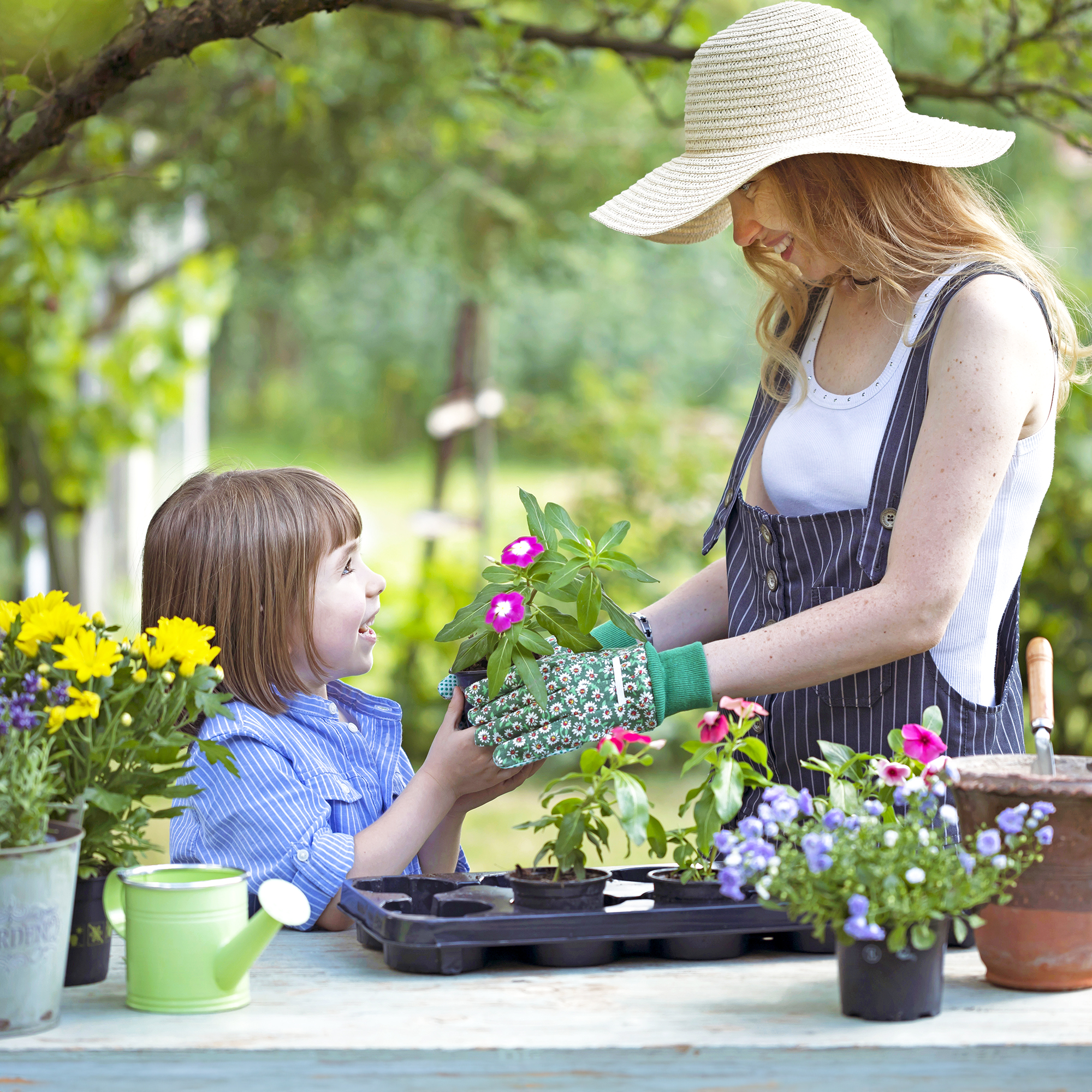 12 Mother’s Day Garden Gifts That Celebrate Moms Who Love To Grow
12 Mother’s Day Garden Gifts That Celebrate Moms Who Love To GrowAll Moms deserve to feel special on Mother’s Day, so treat her to a thoughtful gardening gift that helps her get the most out of her hobby.
By Melanie Griffiths
-
 Never Plant Seedlings Until They Pass These 3 Simple Tests
Never Plant Seedlings Until They Pass These 3 Simple TestsDon't be over-eager to transplant seedlings into the garden before they are ready. These quick and easy checks will help ensure flourishing plants.
By Mary Ellen Ellis
-
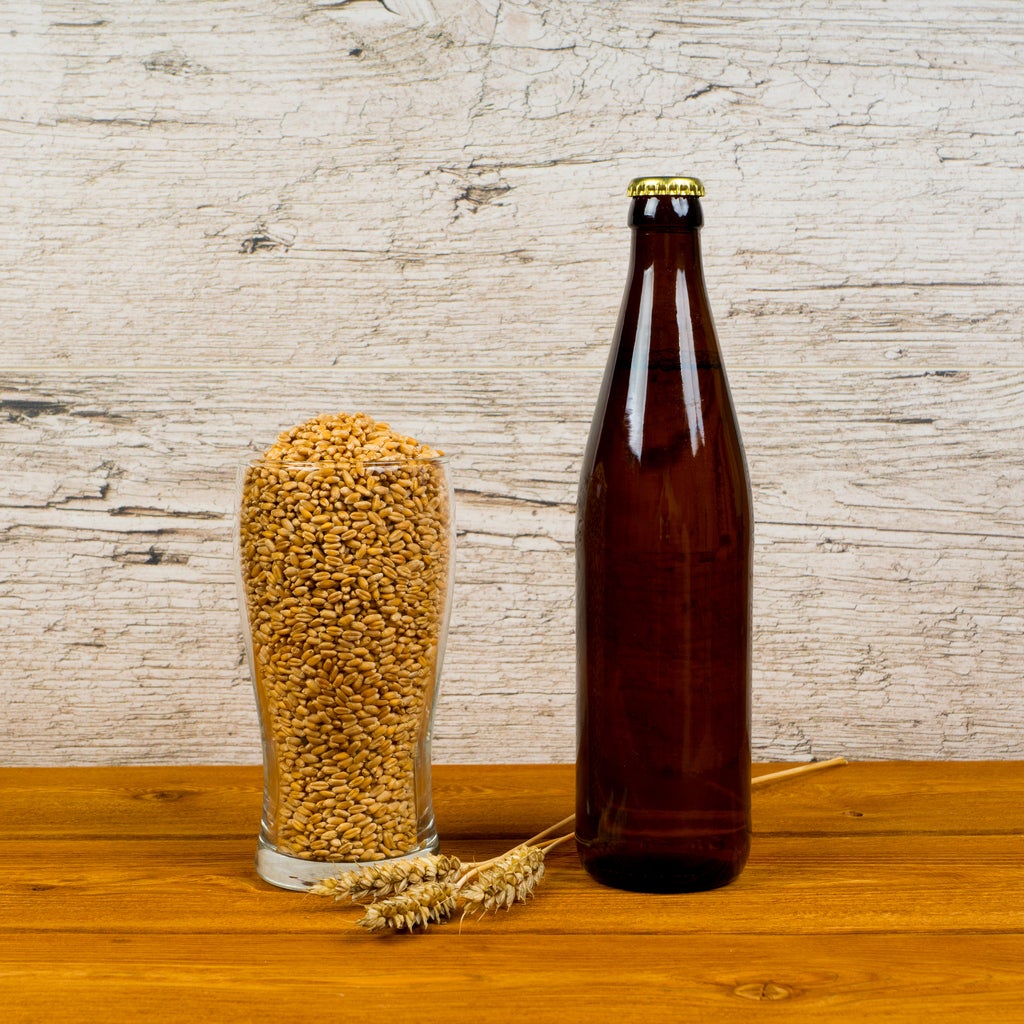 Growing Malted Barley – How To Grow Beer Barley At Home
Growing Malted Barley – How To Grow Beer Barley At HomeToday, there are many beer making kits available, but why not take it a step further by growing your own malted barley. Click on the following article to find out how to grow and harvest malted beer barley from your own backyard.
By Amy Grant
-
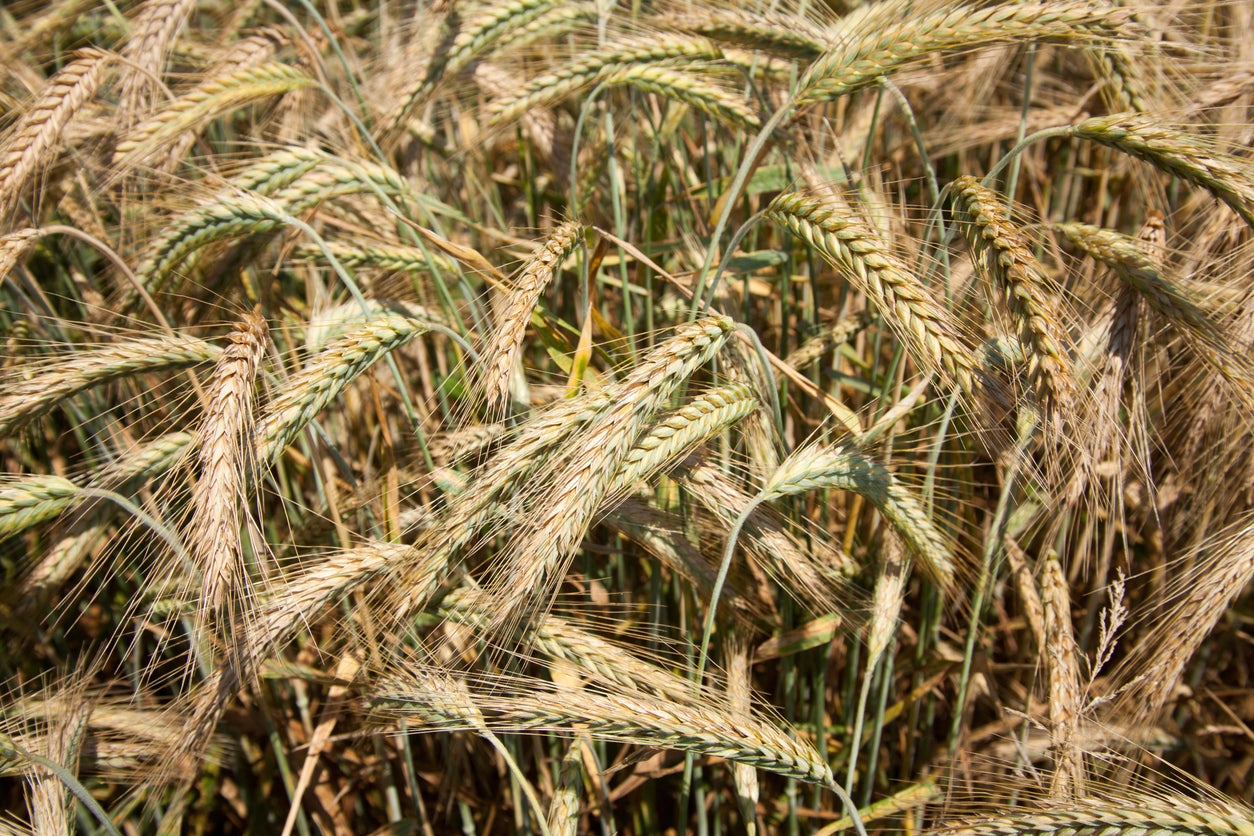 Barley Harvest Tips – How And When To Harvest Barley
Barley Harvest Tips – How And When To Harvest BarleyYou can easily grow a few rows of barley in your backyard garden. The trick to getting a good crop is knowing how and when to harvest barley. Click here for information about how to harvest barley, including tips on the timing of a barley harvest.
By Teo Spengler
-
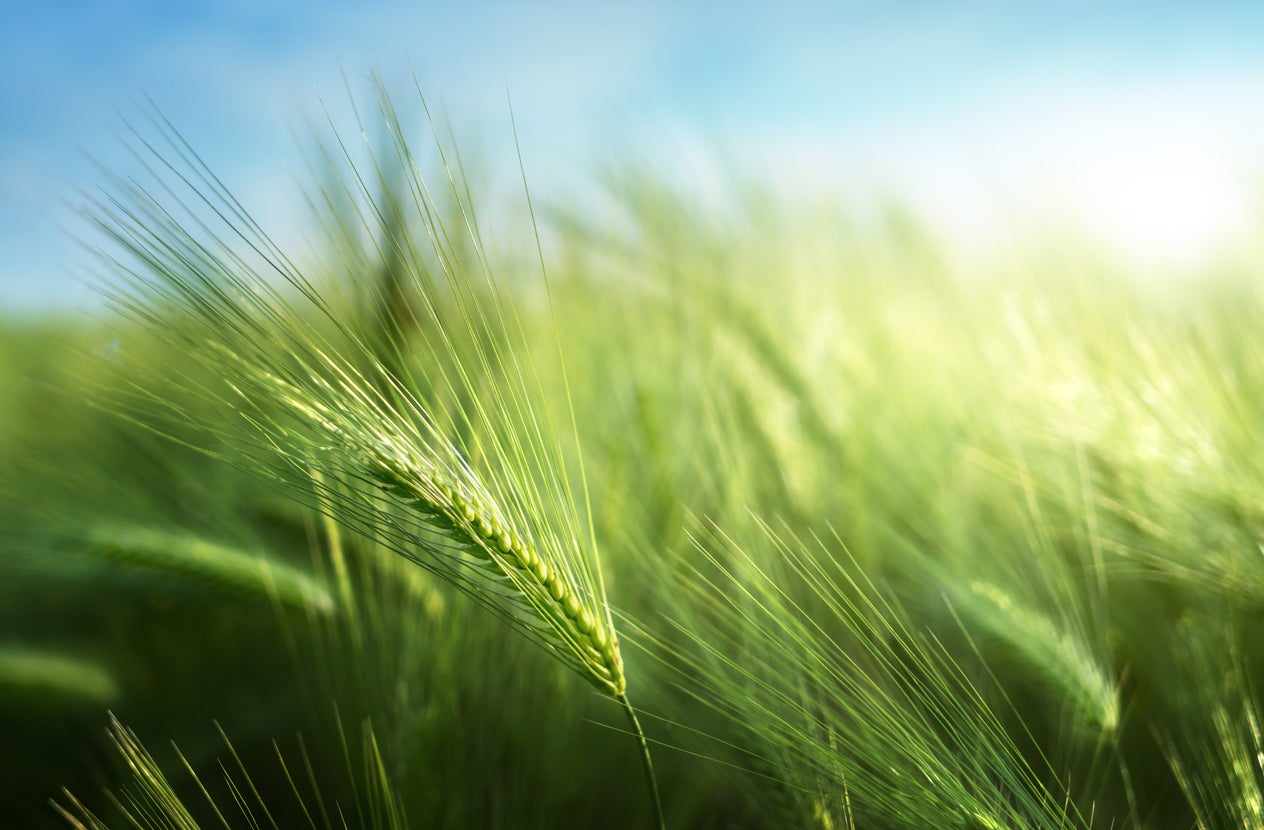 Barley Grain Care Guide: Can You Grow Barley At Home
Barley Grain Care Guide: Can You Grow Barley At HomeCan you grow barley at home? You don't need acres of land to grow barley in the garden, but it may be hard to source small amounts of seed. Even if you are not a beer enthusiast, you can learn how to grow barley for bread, soups and stews. This article can get you started.
By Bonnie L. Grant
-
 Barley Tillering And Heading Information – Learn About Barley Heads And Tillers
Barley Tillering And Heading Information – Learn About Barley Heads And TillersIf you are thinking of growing barley in your home garden, you’ll need to learn about barley tillering and heading. What are barley tillers? What is a barley head? Click on the following article to learn the ins and outs of tillering and heading of barley plants.
By Teo Spengler
-
Barley Basal Glume Blotch – How To Treat Glume Rot On Barley Plants
Basal glume blotch is a disease that can affect cereal grains, including barley, and can cause serious damage to the plant and even kill young seedlings. Click the following article to learn more about recognizing and treating basal glume blotch of barley crops.
By Liz Baessler
-
 Barley Loose Smut Info: What Is Barley Loose Smut Disease
Barley Loose Smut Info: What Is Barley Loose Smut DiseaseBarley loose smut? It is a seed-borne illness that can occur anywhere barley is grown from untreated seed. The name comes from the loose seed heads produced that are covered in black spores. You don't want this in your field, so click here for more barley loose smut info.
By Bonnie L. Grant
-
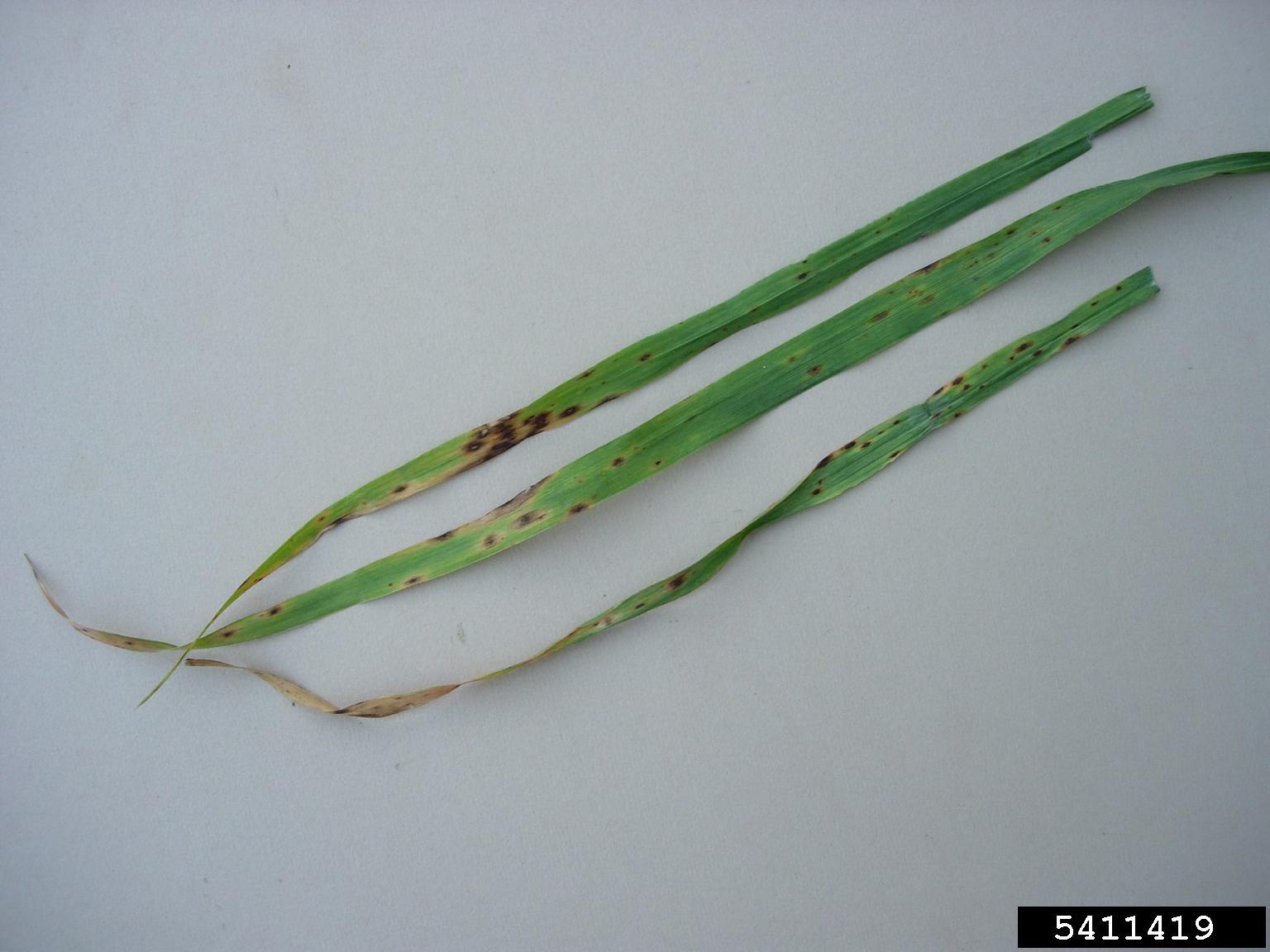 Spot Blotch Of Barley: How To Treat Barley With Spot Blotch Disease
Spot Blotch Of Barley: How To Treat Barley With Spot Blotch DiseaseBarley spot blotch disease can affect any part of the plant at any time. The disease can reduce yield and kill young plants. Click on the following article to learn about the steps to prevent and treat barley spot blotch.
By Bonnie L. Grant
-
 Barley Leaf Blotch Control: Treating Barley Speckled Leaf Blotch
Barley Leaf Blotch Control: Treating Barley Speckled Leaf BlotchBarley speckled leaf blotch is a fungal disease resulting in lower yields. While barley with leaf blotch is not a fatal condition, it opens the crop up to further infections that can decimate the field. Learn about preventing and treating leaf blotch in barley crops here.
By Amy Grant